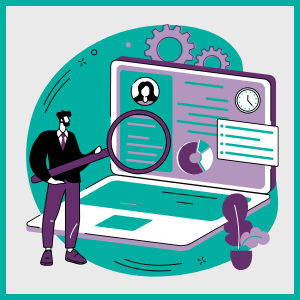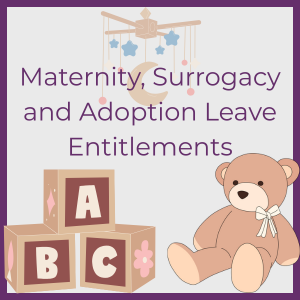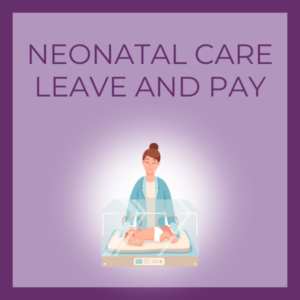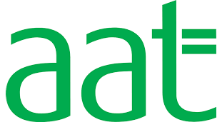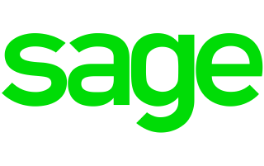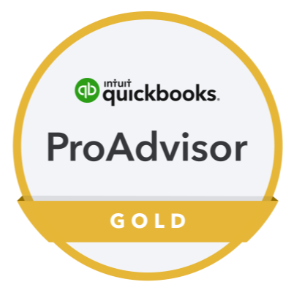There are around 5.3 million couples living with dependent children in the UK. However, the sad fact is there are more than 2.3 million families where at least one parent no longer lives with their child. When parents separate or no longer live with their child, a child maintenance agreement should be made.
What is child maintenance?
Child maintenance is a financial arrangement between parents and covers the child’s living costs. Both parents are responsible for the costs of raising their children, even if they do not see them. However, the paying parent will be the one who does not have main day-to-day care of the child.
Parents with a child aged under 16 years old, or under 20 years old if they are still in full-time education, must have a child maintenance arrangement in place.

Parents who are separated will often agree to make a private family-based arrangement for child maintenance payments and these will be paid directly into a pre-agreed account. However, in some cases employers will need to deduct payments from an employee’s pay.
When will an employer need to deduct child maintenance payments from an employee’s pay?
In some circumstances, employers will be sent a deduction from earnings order (DEO). A DEO is a way of collecting child maintenance directly from a paying parent’s earnings or pension. You will usually be sent a DEO if one of your employees is a paying parent who:
- chooses to pay child maintenance directly from their earnings
- does not pay child maintenance and owes money
- does not pay the correct amount
- does not pay on time
In some cases, an employer might also be ordered by a court to make deductions from their employee’s wages. This is called an attachment of earnings order (AEO) and you can find out more about this on the government’s website.
What does an employer need to do if they receive a DEO?
An employer must deduct the amount of child maintenance stated on the DEO from their employee’s net earnings or their pension and pay it to the Child Maintenance Service. This will include any arrears that are due.
The Child Maintenance Service can also ask an employer to provide information about an employee so they can work out the right amount of child maintenance, request that a DEO is set up and ask an employer to answer enquiries from other organisations who collect payments for child maintenance on their behalf. By law, employers must give information to the Child Maintenance Service if they are asked.
What are the other legal obligations of an employer when deducting child maintenance?
As well as giving information to the Child Maintenance Service when requested to do so, an employer by law must also:
- send payments as soon as possible, to arrive no later than the 19th day of the month following the month the deduction was made
- tell the Child Maintenance Service immediately if there are any problems with taking payments from a paying parent’s earnings
- make regular payments – if an employer does not send payments and does not explain why, then they could be taken to court
- report a change of circumstances to the Child Maintenance Service within 10 days. For example, if an employee leaves the business or you’re asked to set up a DEO for someone who doesn’t work for you
Changes can be reported online or by telephone. Employers can set up an online account here.
How are child maintenance deductions calculated?
The DEO will show two rates. The Normal Deduction Rate (NDR), which is the amount your employee owes in child maintenance and what an employer should deduct from their pay, and the Protected Earnings Rate (PER) or Protected Earnings Proportion (PEP). This rate is the minimum pay an employer must ensure an employee takes home after all deductions have been made.
In some cases, employers will not always be able to deduct the full NDR from an employee’s pay. This depends on how much the employee has left in net earnings once the PER or PEP has been taken into account.
Employers can deduct £1 to cover administration costs.
What happens if an employer cannot deduct the full NDR from an employee’s wages to pay child maintenance?
If an employer cannot deduct the full NDR, then they must keep a record of the shortfall, carry the shortfall forward to the next period and send any deduction that they have been able to make to the court or the Child Maintenance Service.
The shortfall should then be carried forward to the next pay period. However, employers must still leave the employee with the PER or PEP.
If a shortfall amount is carried forward for several weeks before being repaid, employers should keep a record of the ongoing shortfall. If an employee is consistently unable to pay, the NDR may need to be reviewed by the court or Child Maintenance Service.
You can find out more about how to pay your employee on the government’s website here.
What does an employer do if an employee has more than one DEO or AEO?
In the event an employee has more than one DEO or AEO, then an employer should pay them in order of date issue. This means an employer might have to finish deducting payments for one before order before another. AEOs for maintenance will have to be paid before AEOs for civil debts.
What counts as earnings for an employee with a DEO or AEO?
Payments can only be made from the following earnings:
- wages, fees, bonuses, commission, overtime pay or any payments on top of wages
- private or occupational pensions and compensation payments
- Statutory Sick Pay
- contractual sick pay
- contractual maternity pay
- contractual paternity pay
- contractual adoption pay
- contractual redundancy pay
The following income cannot be used to pay an employee’s DEO or AEO:
- amounts paid by a public department of the government of Northern Ireland or any country outside the UK
- any social security pension, allowance or benefit
- tax credits
- any pension or allowance paid for disability
- guaranteed minimum pension within the Social Security Pensions Act 1975
- Statutory Maternity Pay
- Statutory Paternity Pay
- Statutory Adoption Pay
- Statutory Redundancy Pay
You can find out more about this on the government’s website here.
If you would like to know more about how we can help you with child maintenance deductions and payments, or any other bookkeeping needs, please give us a call on +44 (1892) 489668, or get in touch via our online enquiry form.
